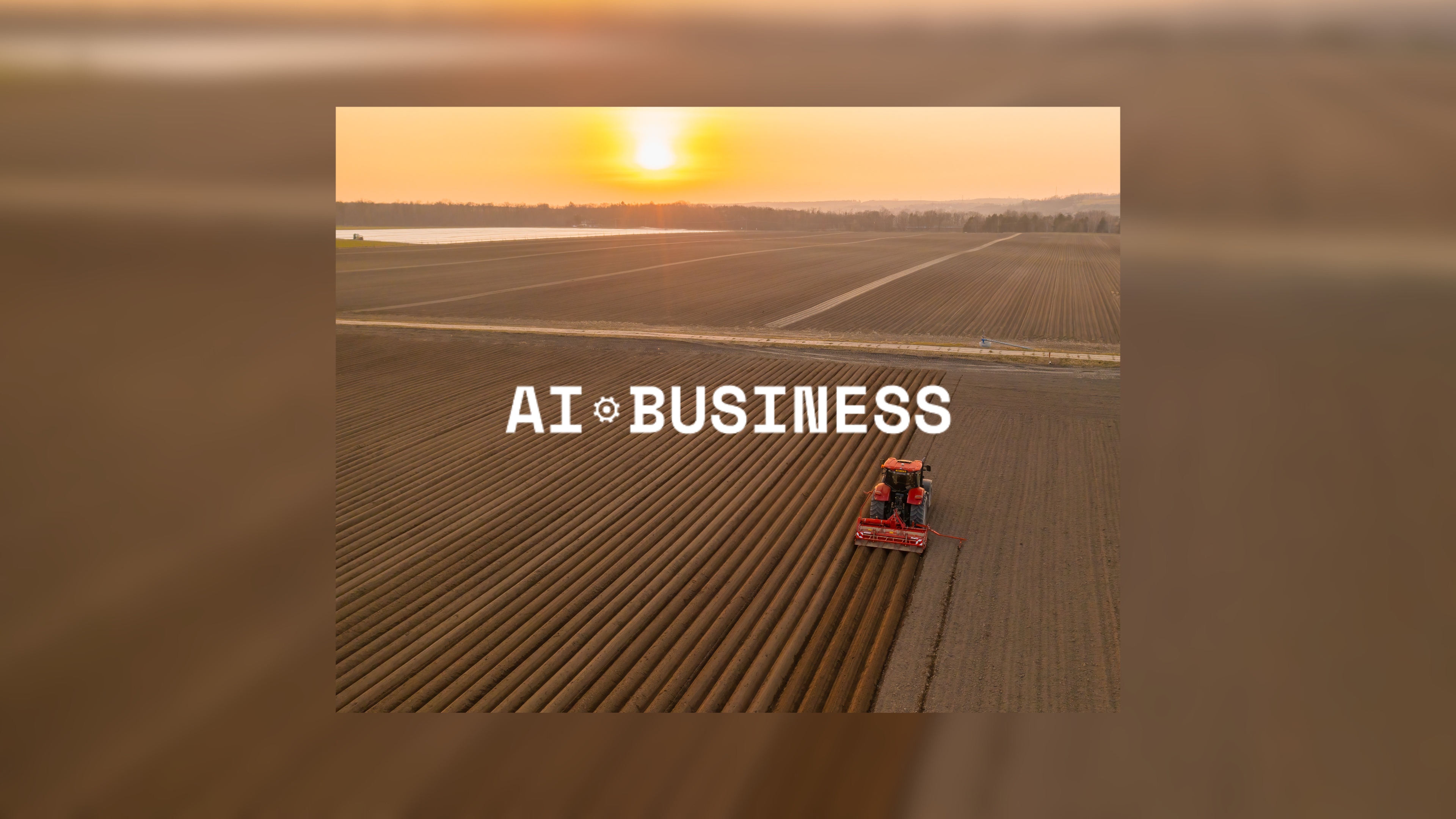Industry Insights
Illuminating the First Mile
5 March 2025

The global supply chain and carbon credits market are often treated as two separate worlds, but they share a crucial challenge: A lack of transparency. The first mile of supply chains—the point of origin for raw materials—has historically been riddled with blind spots. Similarly, carbon credits markets have struggled with speculative systems that leave buyers questioning the real-world impact of their investments. However, the convergence of AI and blockchain technology is rewriting the playbook for both, bringing unprecedented transparency and traceability to these complex systems.
AI and the First Mile: Shining a Light on Hidden Risks
The first mile in supply chains is where some of the most significant vulnerabilities reside. This is especially true for nature-based commodities, where risks like operational inefficiencies, resource depletion, and climate events can disrupt business as usual and threaten both profits and sustainability goals. With Beef, for example, land use changes, farm emissions and animal feed (all part of the first mile) make up over 96% of the carbon footprint. Traditional supply chain management tools often fail to capture these nuances, leaving decision-makers reliant on outdated or incomplete information.
AI is changing this paradigm. By integrating vast amounts of data from diverse sources—satellite imagery, sensor data, environmental records, and compliance frameworks—AI-enabled platforms can uncover risks that were previously invisible. For instance, near real-time monitoring of land use can detect deforestation or illegal activities at the source, enabling immediate corrective actions. AI also helps predict risks, such as extreme weather events or geopolitical instability, allowing companies to proactively safeguard their operations when integrated into their strategic planning.
But visibility isn’t just about risk mitigation; it’s about opportunity. AI can also highlight inefficiencies and vulnerabilities, enabling businesses to optimize sourcing practices and reduce waste. The result is not only more resilient supply chains but also a pathway to achieving sustainability goals without compromising on profitability. For example, using AI and satellite imagery it is possible to detect methane leaks, which when remedied can be turned into carbon credit profit. Remediation that benefits both business and planet.
Blockchain’s Role: Restoring Trust in Carbon
If AI is the tool for uncovering risks, blockchain is the ledger for ensuring accountability. The carbon credits market has long been plagued by a futures-based approach, where credits are sold based on estimated future actions rather than verified outcomes. This speculative system has led to significant trust issues, with buyers often discovering years later that the promised emissions reductions never materialized.
Blockchain technology, combined with AI, offers a game-changing solution. By providing an immutable record of transactions and actions, blockchain ensures that every credit minted is tied to a verified milestone. AI-powered remote sensing technologies, such as satellite imagery, enable near-real-time updates on these milestones. For example, if a project claims it will plant 100,000 trees, AI can verify each step — from land preparation to planting and growth — ensuring the credits issued reflect verifiable progress.
This milestone-based approach shifts the carbon credits market from speculative projections to tangible outcomes. Buyers can trust that the credits they purchase represent real, measurable impact, while sellers benefit from a system that rewards progress in real time. The result is a more reliable, transparent, and scalable market for carbon credits.
The Power of Data Fabrics in Driving Transformation
Underlying these innovations is the concept of a flexible data fabric. Think of it as layers of connective tissue that bring together disparate data sources into a cohesive system. For AI and blockchain to deliver their full potential, they require robust data infrastructure capable of handling diverse inputs, from satellite images to ground-truth data, risk metrics, and compliance frameworks.
Data fabrics provide the agility needed to adapt to evolving challenges. They enable businesses to integrate new datasets seamlessly, ensuring their insights remain relevant and actionable. More importantly, they transform raw data into context-rich analytics, empowering decision-makers to act with confidence.
For supply chains, this means businesses can trace the journey of commodities from their source, gaining visibility into risks and opportunities along the way. For carbon markets, data fabrics ensure that every credit issued is backed by a transparent, verifiable record, restoring trust and enabling growth in this critical market.
A Future Built on Transparency and Trust
As someone with extensive experience in risk and finance, I have seen firsthand how a lack of transparency can destabilize markets and erode trust. Today, we stand at a pivotal moment where technology offers us the tools to address these challenges head-on. AI and blockchain aren’t just buzzwords—they are enablers of a new paradigm in global systems.
In supply chains, they offer the clarity needed to navigate increasing complexity, from geopolitical risks to environmental challenges. In carbon markets, they provide the trust and accountability necessary to scale solutions that are vital for combating climate change. Together, these technologies are creating a future where businesses can balance profitability with sustainability, resilience with growth.
As global risks continue to evolve, the need for innovation in how we manage supply chains and carbon markets has never been greater. AI and blockchain are more than just tools; they represent a philosophy of transparency, accountability, and data-driven decision-making.
For businesses, this means embracing flexible data systems that integrate seamlessly with cutting-edge technologies. For leaders, it means adopting a mindset of proactive risk management and opportunity exploration. And for the world, it means building systems that not only drive economic growth but also contribute to a sustainable, resilient future.
Find the AiBusiness article here